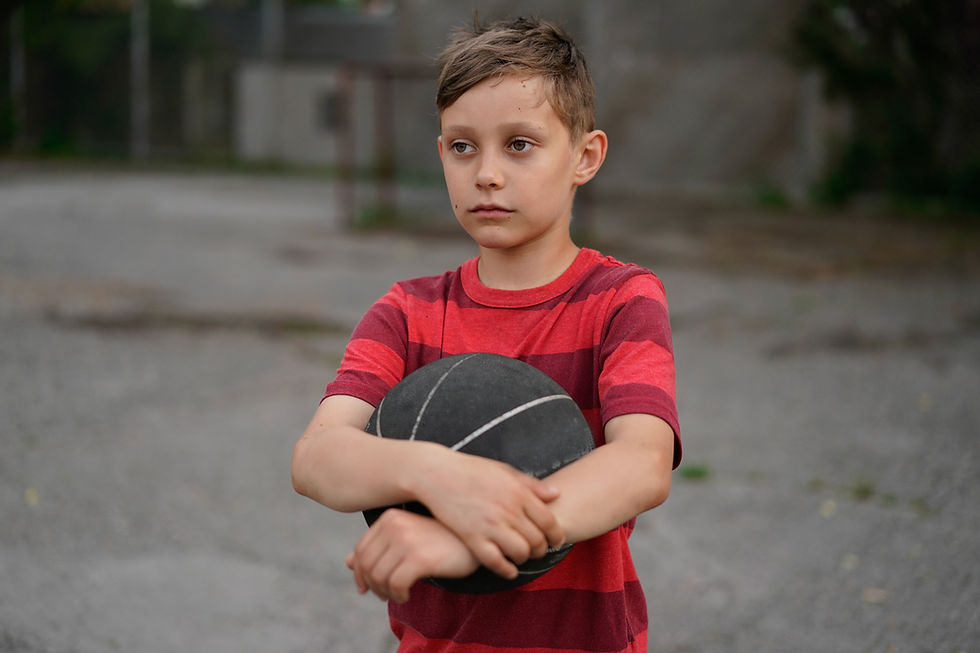How Do We Increase Social-Emotional Intelligence?
- adinalisw

- Jun 24, 2021
- 3 min read
What is this “social-emotional intelligence” we are committed to increasing? It has been defined in a variety of ways by a variety of people. However, one of the benefits of writing a blog is that here, I get to do the defining! I view social-emotional intelligence as the ability to make and act on effective, informed decisions about one’s social, emotional, mental, and physical well-being.
Building this ability is a big task, with potential for big impact. We are living in an exciting time in the world of education, as building this ability through social-emotional learning is becoming more of a priority. This is evidenced by the increasing number of states that have included social-emotional learning standards in their educational requirements.
It is one thing to know that something is important to be taught. It is another thing altogether to know how to do so as effectively as possible. Schools are doing their very best to provide the information and skills they deem necessary to build social-emotional intelligence.
Existing SEL programs have merit, providing some knowledge and opportunities to build certain skills. However, intelligence is defined as the ability to apply knowledge and skills. It is important to maximize the likelihood that the knowledge and skills provided by schools will be applied by the students. These skills and this knowledge must be applied when students are on their own, when doing so goes against habit, when it is difficult to do so.
We sometimes feel that all we need to do is provide some information, explain the behaviors we would like our students to exhibit as well as their benefits, and they will listen to and follow our sage advice. This is a hopeful, yet too simplistic approach.
For example, there are existing SEL programs, such as “Life Skills Training” and “Too Good for Drugs” that focus, among other areas, on attempting to help students resist peer pressure. They are taught that they have the option to make choices for themselves, and not to base their decisions on those that their friends choose. They are taught “refusal skills” – how to say “no”.
Here is the difficulty with that kind of an approach. We can teach youths to say “no” in ten different languages, but if they believed that they must be liked by everyone or it would be awful, they would most likely not be able to use the “refusal skill” when needed.
It is important to maximize the likelihood that the social-emotional knowledge and skills we offer, lead to effective choices that are acted upon. In order to do so, students need to be taught about the way in which choices are actually made, and how to consciously and positively affect that process.
Students need to first understand that choices are often made unconsciously, automatically, and based on assumptions – beliefs with no proof. They were put together when we were much younger in an attempt to make sense of our world. They are based on the little we knew at the time, and then rarely questioned.
These assumptions inform us as to what to think, how to feel and act, like a running monologue in our heads. They affect every area of our lives, from our emotions, to our self-esteem, to our relationships. In order to make conscious, effective choices, we have to first start with the assumptions upon which they are based.
Easier said than done. Here’s the tough part. In the blink of an eye, and completely without our awareness, our assumptions inform our thoughts, which immediately lead to our feeling a certain way, which is closely followed by our acting in a certain way.
Let’s look at a situation and assumption that might lead us to have a difficult time using refusal skills ourselves. As an example would be a friend calling us to ask for a favor. We are swamped, and the logical choice would be to say no. However we assume that we have to please and be liked by everybody, think that it would be wrong to say no, feel stressed mixed with a dose of guilt and an unbidden “yes” flies out of our mouths.
In order to support students to make and act on the most effective choices possible, we can help them examine and edit their assumptions. We can teach them to push a personal “pause button”, and become aware of their assumptions before they quickly lead to a thought, feeling, and action. We can help them look at the unhelpful exaggerations inherent in their assumptions and help them base their beliefs and choices on self-supporting evidence.
Subsequent blogs will break down this process, discussing ways to help students build understanding and skills that lead them to manage their emotions, feel good about themselves and build win-win relationships.









Comments